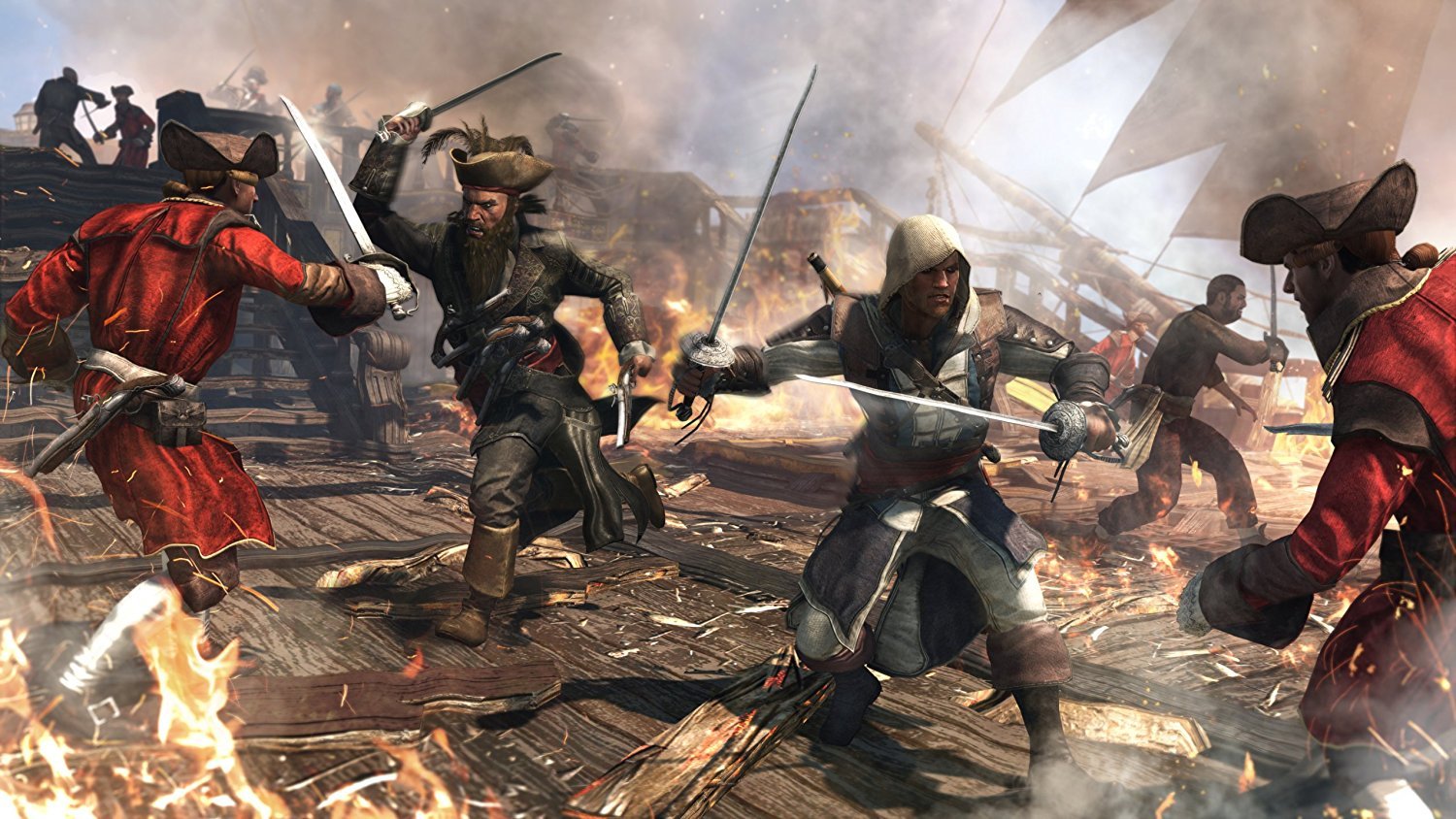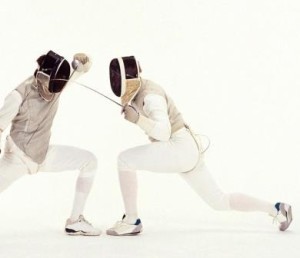Fencing and Health
 Fencing is one of the Olympic sports, and it received such status at the first Games of 1896. At first glance, the main components of the fight since then have not changed much. But nevertheless, now fencing is a very technological sport, which received a great impetus for development thanks to the electronic system for fixing injections. This made fencing a more entertaining and objective discipline.
Fencing is one of the Olympic sports, and it received such status at the first Games of 1896. At first glance, the main components of the fight since then have not changed much. But nevertheless, now fencing is a very technological sport, which received a great impetus for development thanks to the electronic system for fixing injections. This made fencing a more entertaining and objective discipline.
Fencing is divided into three Olympic disciplines: sword, rapier and saber. Their main differences are which injections are counted in which parts of the body and which are not. Regardless of the type of weapon chosen, all fencers are characterized by a good reaction, coordination, flexibility, flexibility and speed of decision-making. Such qualities should be at least partially possessed by a child if he wants to succeed in this sport.
The advantages of fencing
Health. Fencing is far from the most athletic sport, because the main emphasis in the training process is not on muscle mass. They expect maximum mobility and plasticity from the athlete. For this, much attention is paid to ligaments, joints and coordination. However, the loads during training and competition are sufficient to call fencing an intense sport that develops the cardiovascular and respiratory systems.
Vision. Fencing is not recommended if the child has vision problems. But at the same time, this is eye training. The athlete constantly switches his attention and monitors a moving object in order to catch the moment for the attack. So any ophthalmologist will say that this sport will help maintain the health of the organs of vision.
The work of the brain. Fencing is considered an intellectual sport. It combines dynamics and tactical component. To win, you need not only to instantly make a decision, but also to predict the actions of the opponent, and also take into account his manner of battle. Therefore, fencing is appreciated not only fast and agile, but also smart.
The choice of disciplines. A professional fencer usually only masters one blade during his career. Each weapon has its own specifics, and therefore the transition from one discipline to another is almost impossible. However, at the initial stage, children can try their hand at first in a saber, and then change it, say, to a rapier. True, you will have to change the trainer as well.
Cons of Fencing
Poor material base. Russian sports schools usually do not provide children with equipment. At least at first, parents are offered to purchase blades and equipment at their own expense. Only closer to a professional career when you become one of the strongest athletes provide everything you need.
High cost. Fencing is one of the most expensive sports. To deal with only one blade will definitely not work. You also have to spend money on a jacket, mask, shoes. From all this, the child constantly grows, so parents should be prepared for the fact that the child’s interest will have to be constantly fueled by investments.
Inconvenient equipment. This is a rather subjective moment, but you will have to get used to the form anyway. A jacket and a mask are by no means shorts and a T-shirt. The fencer’s equipment is quite tight, it can hamper movement and create discomfort. In addition, the mask interferes with normal breathing. It is corny hot and stuffy. However, the uniform of a fencer is cheaper than a hockey one and it serves for a long time.
The main risks of fencing
Bruises, sprains, and bruises. Fencing is not the most traumatic sport. But it is impossible to completely avoid injuries. Saber fighters suffer most. This is due to the characteristic technique for this discipline: chopping, not pricking. Often fencers leave a bruised workout. Among other injuries are sprains and dislocations. The most vulnerable are the knees and back.
Broken Blades. All three types of guns are quite brittle and fragile. Especially in inexperienced and inept hands. Sometimes the blades can be repaired, but an experienced craftsman must do this, and this is an additional cost.
Accidents. They are practically excluded, but it is important to remember safety precautions. At the very beginning of training, the children are explained the basics and usually cite the tragedy at the 1982 World Cup as an example. At that tournament, German Matthias Behr accidentally broke his blade during a duel with Soviet athlete Vladimir Smirnov. A rapier shard pierced the protective mask and hit Vladimir in the eye. It was not possible to save the organ of vision. Since then, certain measures have been taken that should completely protect fencers from such incidents.




